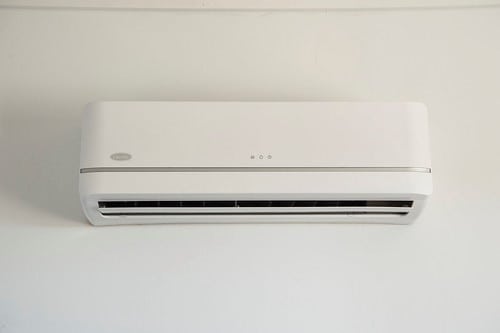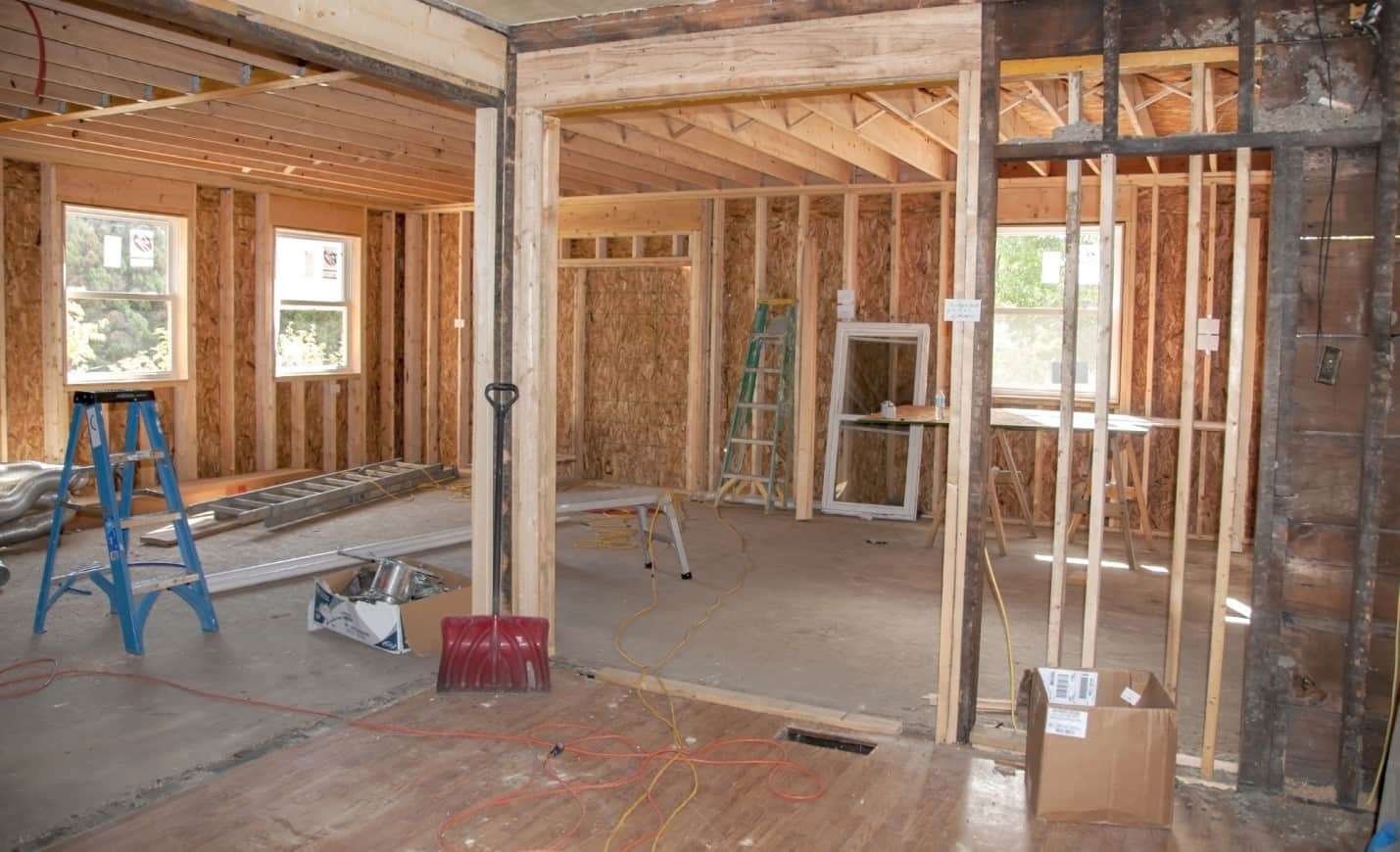When it comes to the air you breathe inside your home, several factors can reduce its quality. Poor indoor air quality can not only be a nuisance that creates odors and leaves dust particles, but it can also be seriously detrimental to your family’s health and well-being. Symptoms can be acute or chronic and include allergic reactions, breathing difficulties, and harmful respiratory problems. A properly installed HVAC system can help reduce the occurrence of poor air quality, but homeowners must also contribute by monitoring and maintaining their system to ensure efficient filtration and proper conditioning. To keep your home healthy and safe, become familiar with a few fundamentals of indoor air quality.
Common Sources of Indoor Air Pollution
The modern home is airtight to a much greater degree than older structures. Logic suggests that tighter homes lose less energy, and this is correct. However, this improved insulation allows modern homes to keep pollutants inside and can lead to concentrating them, which causes an unhealthy indoor environment.
Chemical pollutants may not always be obvious and some are nearly imperceptible. Household cleaning products, paints, adhesives, pesticides, and lubricants are just some of the major culprits. Most of these products are useful but can be harmful when their fumes and residue are left to linger in the air. The first step to reducing these types of pollutants is closing containers immediately after use to minimize the escape of volatile compounds into the air. Store them properly and vent your home regularly. Avoid over-use of aerosols and try to use natural products when possible.
Biological pollutants appear from a range of sources including structural mold and pet dander. Additionally, dust and other particulates, such as from cooking and tobacco smoke, can degrade indoor air quality. The solution to prevent these contaminants from entering your home’s airspace is to regularly change HVAC filters, vent clean air into the home when needed, and regularly maintain good housekeeping measures.
Humidity Problems With Indoor Spaces

Image via Flickr by itmpa.
The amount of relative humidity (RH) inside a home plays a huge role in your family’s health and comfort. HVAC best practices call for a general RH range of 35 to 50 percent. When RH goes above this range, the human body has to work harder to eliminate heat and the air feels sticky with moisture. When dropping below the suggested range, the air is excessively dry, which is bad for your skin and also hard on interior furnishings.
Managing RH levels in interior environments is an automated function of modern, properly installed HVAC systems. The air handler of an HVAC system condenses water while cooling, which lowers the RH index in your home. When heating in the winter, steam and passive humidifiers increase RH when needed to prevent hot heat from drying out your skin. Even older HVAC systems can benefit from special upgrades to better manage RH.
Additional Corrective Measures
To help maintain good indoor air quality, HVAC systems should undergo regular maintenance and inspections to keep them operating at peak efficiency. Have your system filters changed at least twice a year, depending on your home’s specific conditions.
Your family’s comfort and health are important. Knowing the fundamentals of indoor air quality will make you a key player in creating a comfortable and healthy environment inside your home.
Discover more from Futurist Architecture
Subscribe to get the latest posts sent to your email.




